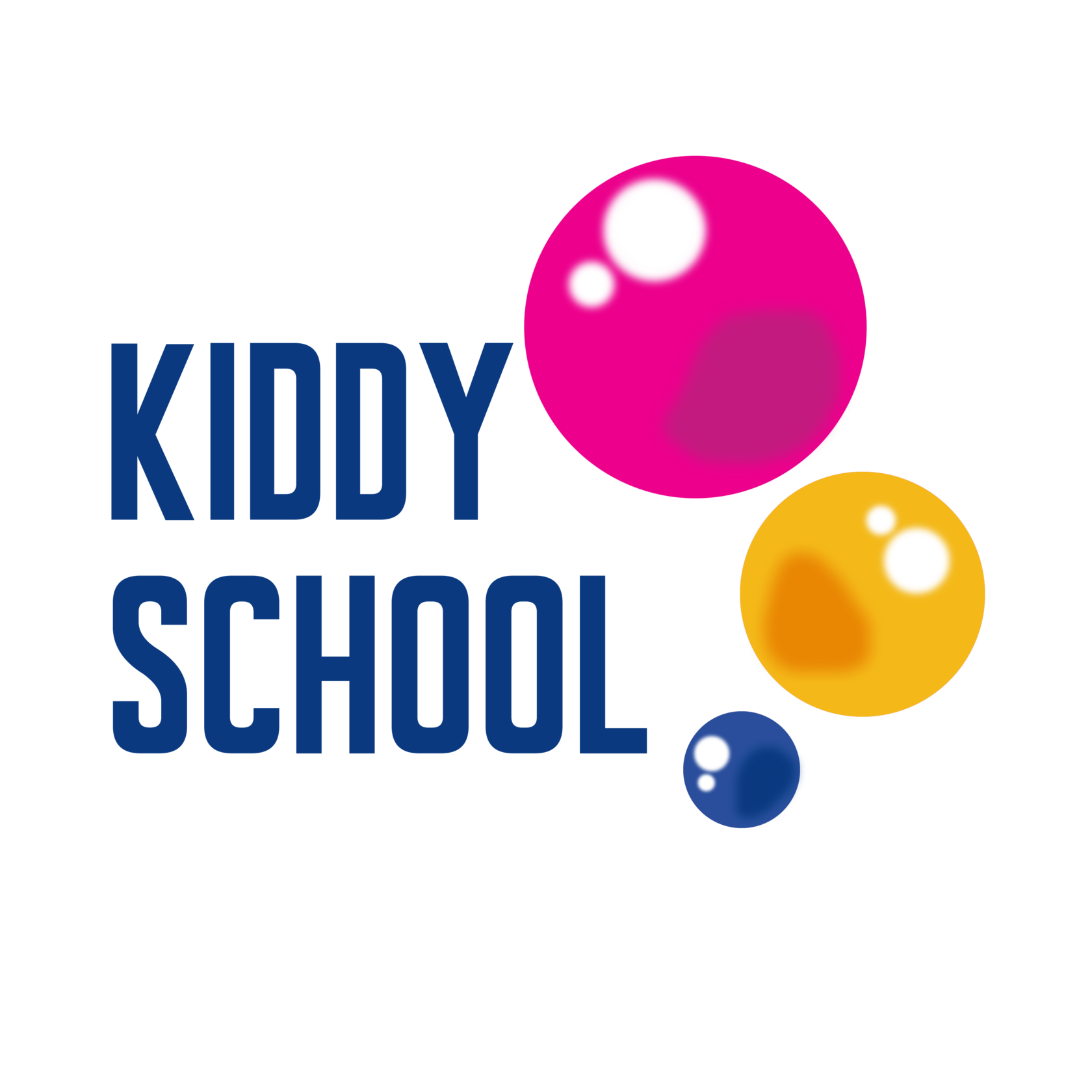

It will explain the Unity interface, menu items, using assets, creating scenes, and publishing builds.
It's aimed at people who want to learn to program in Unity. Basics This section is your key to getting started with Unity.

Hi! I made a very basic C# text tutorial: Clock, a Unity C# tutorial. (What follows is the original first post.) Why not Marching Cubes? Because the concepts are the same for both 2D and 3D, and dealing with two dimensions is already complex enough.įound these tutorials useful? Want more? Become my patron!
Unity catlight coding math basics series#
Lots of strategy games use them.Ī series about drawing and reconstructing shapes using a 2D grid. They build on the work done in the Rendering series.Ī series about hexagon maps. These are tutorials covering more complex or specialized rendering techniques, going beyond Unity's standard shaders. How a mesh turns into pixels that look like real objects. For Unity 2018.Ī series about understanding Unity's rendering pipeline. For Unity 2019 and later.Ī collection of tutorials that cover the scriptable render pipeline. From a simple grid to deformable balls.Ī collection of tutorials about creating a custom scriptable render pipeline in Unity. These tutorials provide an introduction to working with Unity.Ī series about generating and using pseudorandom noise.Ī series about generating procedural meshes.Ī series about generating pseudorandom surfaces.Ī series about controlling the movement of a character.Ī series of tutorials that deals with creating, keeping track of, saving, and loading game objects.Ī series about creating a simple grid-based tower defense game.Ī collection of tutorials that cover the creation of flow effects, like water surfaces.Īn introduction to procedural meshes. If you enjoy what's available now and want more, please become my patron! It's like Kickstarter or Indiegogo campaign, but ongoing. The creation of these tutorials is funded via Patreon. More info See in Glossary and Game view, as well as interactive handles and controls.Want to learn C# and shader scripting in Unity? Prefer text tutorials? You are in the right place!Ĭatlike Coding's Unity C# and Shader Tutorials You use the Scene View to select and position scenery, characters, cameras, lights, and all other types of Game Object.
Unity catlight coding math basics code#
When writing code that deals with rotations, you should usually use the Quaternion class and its methods. Quaternion Unity’s standard way of representing rotations as data.Vectors: Classes for expressing and manipulating 2D, 3D, and 4D points, lines and directions.Transform: Provides you with a variety of ways to work with a GameObject’s position, rotation and scale via script, as well as its hierarchical relationship to parent and child GameObjects.Object: The base class for all objects that Unity can reference in the editor.MonoBehaviour: The base class from which every Unity script derives, by default.In each Scene, you place your environments, obstacles, and decorations, essentially designing and building your game in pieces. Think of each unique Scene file as a unique level. More info See in Glossary: Represents the type of objects which can exist in a Scene A Scene contains the environments and menus of your game. A GameObject’s functionality is defined by the Components attached to it. GameObject The fundamental object in Unity scenes, which can represent characters, props, scenery, cameras, waypoints, and more.These pages serve as a starting point for the discovery of scripting basics in Unity, and do not cover all classes in Unity, or even every member of the classes which are covered.įor a more complete reference of all the built-in classes and every member available, see the Script Reference. This section provides an overview of some of the most commonly used and important built-in classes in Unity that you may want to use when scripting.


 0 kommentar(er)
0 kommentar(er)
